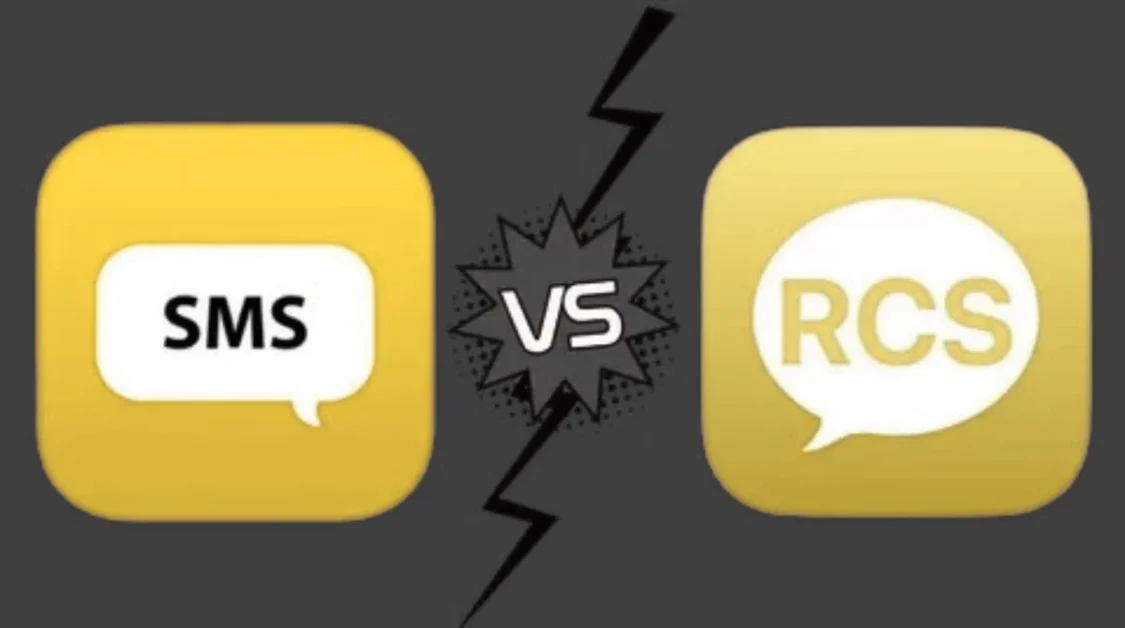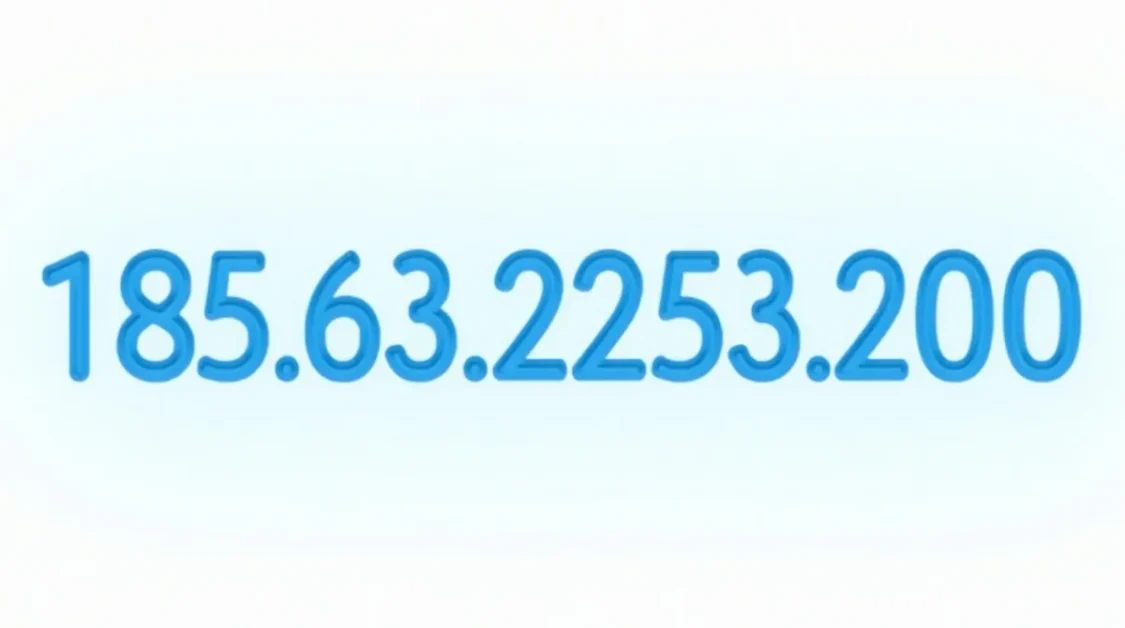In the realm of networking, IP addresses are essential for identifying devices and facilitating communication across the internet. An IP address, or Internet Protocol address, is a unique string of numbers separated by periods, assigned to each device connected to a network. This system ensures that data sent over the internet reaches the correct destination, much like how a postal address directs mail.
Understanding IP Address Formats
There are two primary versions of IP addresses:
- IPv4 (Internet Protocol version 4): This is the most widely used format, consisting of four numerical segments (octets) separated by periods. Each octet ranges from 0 to 255, allowing for approximately 4.3 billion unique addresses.
- IPv6 (Internet Protocol version 6): Developed to address the limitations of IPv4, IPv6 uses a 128-bit address format, significantly expanding the number of possible addresses to accommodate the growing number of internet-connected devices.
Analyzing the Address 264.68.111.161
At first glance, 264.68.111.161 resembles a standard IPv4 address. However, upon closer examination, it becomes evident that this address is invalid. In IPv4 addressing, each octet must be within the range of 0 to 255. The first segment in this address is 264, which exceeds the maximum allowable value. Therefore, 264.68.111.161 does not conform to the standard IPv4 format and cannot be used as a legitimate IP address.
Implications of Invalid IP Addresses
Using an invalid IP address like 264.68.111.161 can lead to several issues:
- Connectivity Problems: Devices configured with an invalid IP will fail to communicate over the network, leading to errors and inaccessible services.
- Network Configuration Errors: Incorrect IP settings can disrupt network operations, causing miscommunication between devices and potentially leading to broader network failures.
- Security Vulnerabilities: Invalid or misconfigured IP addresses can create loopholes that may be exploited by malicious entities, compromising network security.
Common Causes of Invalid IP Addresses
Several factors can result in the appearance or use of invalid IP addresses:
- Typographical Errors: Simple mistakes when entering IP addresses can lead to invalid configurations.
- Misunderstanding IP Structures: Lack of knowledge about the valid ranges for each octet can result in the creation of non-existent addresses.
- Software or Hardware Glitches: Bugs in networking equipment or software can sometimes generate or display incorrect IP information.
Ensuring Correct IP Address Usage
To avoid the pitfalls associated with invalid IP addresses, consider the following best practices:
- Double-Check Entries: Always verify that IP addresses are entered correctly and conform to the standard formats.
- Educate Network Users: Provide training on the basics of IP addressing to reduce errors stemming from misunderstandings.
- Utilize Network Management Tools: Employ software solutions that can detect and alert administrators to invalid IP configurations.
Why Invalid IP Addresses Like 264.68.111.161 Can Break Your Network?
Understanding how invalid IP addresses affect your system helps prevent bigger problems down the line. Let’s look at the risks in a structured way:
1. Immediate Network Failures
When a device is assigned an invalid IP like 264.68.111.161, it simply won’t be able to communicate with other devices or access the internet. That’s because the first part of the address (264) goes over the IPv4 limit of 255. Most systems will reject it instantly, leading to connection errors and offline devices.
2. Device Communication Breakdowns
Networks depend on IP addresses to direct traffic, like mailing addresses on letters. If one address is wrong, the message never gets delivered. A wrong IP leads to failed data transfers, disconnected devices, and sometimes causes confusion in routers and switches trying to manage traffic.
3. Server and Service Disruptions
If a server accidentally gets an invalid IP, all the users trying to access that server might see timeouts or “page not found” errors. This can lead to downtime for websites, internal tools, or applications, which may directly impact business operations or customer experience.
4. Wasted Troubleshooting Time
Trying to figure out why something isn’t working can take hours. IT teams might look for complicated network bugs, only to later find a single incorrect digit in an IP address. This results in loss of time, energy, and productivity—all caused by something as small as one invalid number.
5. Risk of Automation Failure
In larger networks where IPs are assigned automatically through DHCP or scripts, a small misconfiguration could cause several devices to get bad IPs like 264.68.111.161. This can spread the problem across multiple departments or systems, turning a small issue into a large one.
6. Poor Security Practices
Although not directly a hacking risk, invalid IPs can indicate weak network practices. If systems regularly get incorrect addresses, it may point to poor configuration management or unreliable tools. Over time, this could leave other areas of the network vulnerable to errors or attacks.
How to Spot and Fix Invalid IP Addresses Like 264.68.111.161?
Making sure your network runs smoothly starts with identifying and correcting mistakes like invalid IP addresses. Let’s explore how you can detect and fix issues when an IP like 264.68.111.161 shows up in your system.
1. Know What a Valid IP Looks Like
The first step is understanding what a valid IPv4 address should look like:
- It contains four parts (called octets), separated by dots.
- Each number should be between 0 and 255.
- Example of a valid IP: 192.168.1.1
- Example of an invalid IP: 264.68.111.161 (because 264 is too high)
Just knowing these simple rules can help you immediately spot problems when entering or reviewing IP addresses.
2. Use Built-in System Tools
Most operating systems offer simple tools to help check IP addresses:
- On Windows, use ipconfig in Command Prompt to view your current IP setup.
- On Mac/Linux, use ifconfig or ip a in the terminal.
If you see an IP like 264.68.111.161, that’s a red flag—it should be corrected immediately.
3. Try Online IP Validators
There are many free websites and tools that let you paste an IP address to check if it’s valid. These tools instantly show if the format is wrong or if the IP exceeds allowed values.
Just Google “IP address validator,” and you’ll find many options like:
- IPVoid
- DNSChecker
- IP-Address.org
4. Automate IP Validation with Scripts
For developers or system administrators, writing a simple script to catch bad IPs is helpful, especially in large networks. Here’s a basic example in Python:
import ipaddress
def check_ip(ip):
try:
ipaddress.ip_address(ip)
return "Valid IP"
except ValueError:
return "Invalid IP"
print(check_ip("264.68.111.161"))
This script will tell you if an IP address is invalid and can be built into your monitoring tools.
5. Configure DHCP and IP Pools Correctly
If you’re using a DHCP server to assign IPs automatically, make sure:
- The IP pool only includes valid addresses.
- There are no typos in the IP range.
- The subnet is correctly defined.
This reduces the chance of users getting an address like 264.68.111.161 from the start.
6. Use Network Monitoring Software
Advanced network tools like SolarWinds, Nagios, or Zabbix can help track all devices and IPs across your network. These tools will alert you if they detect unusual or invalid IPs in real time.
7. Educate Your Team
Many IP errors happen because of human mistakes. Teaching your team the basics of IP address formatting can prevent most issues. Even a short training session can save hours of troubleshooting in the future.
Quick Checklist to Detect and Fix Invalid IPs
- Know that IPv4 addresses only go up to 255
- Use tools like ipconfig or ifconfig to check current settings
- Validate addresses with free online checkers
- Write or use scripts to find invalid entries automatically
- Configure your DHCP server correctly
- Use network monitoring software
- Train users on IP best practices
Conclusion
The IP address 264.68.111.161 serves as an example of the importance of adhering to established IP address formats. Understanding the structure and limitations of IP addresses is crucial for maintaining effective and secure network communications. By ensuring that all devices are assigned valid IP addresses within the appropriate ranges, network administrators can prevent connectivity issues and bolster the overall security of their networks.



